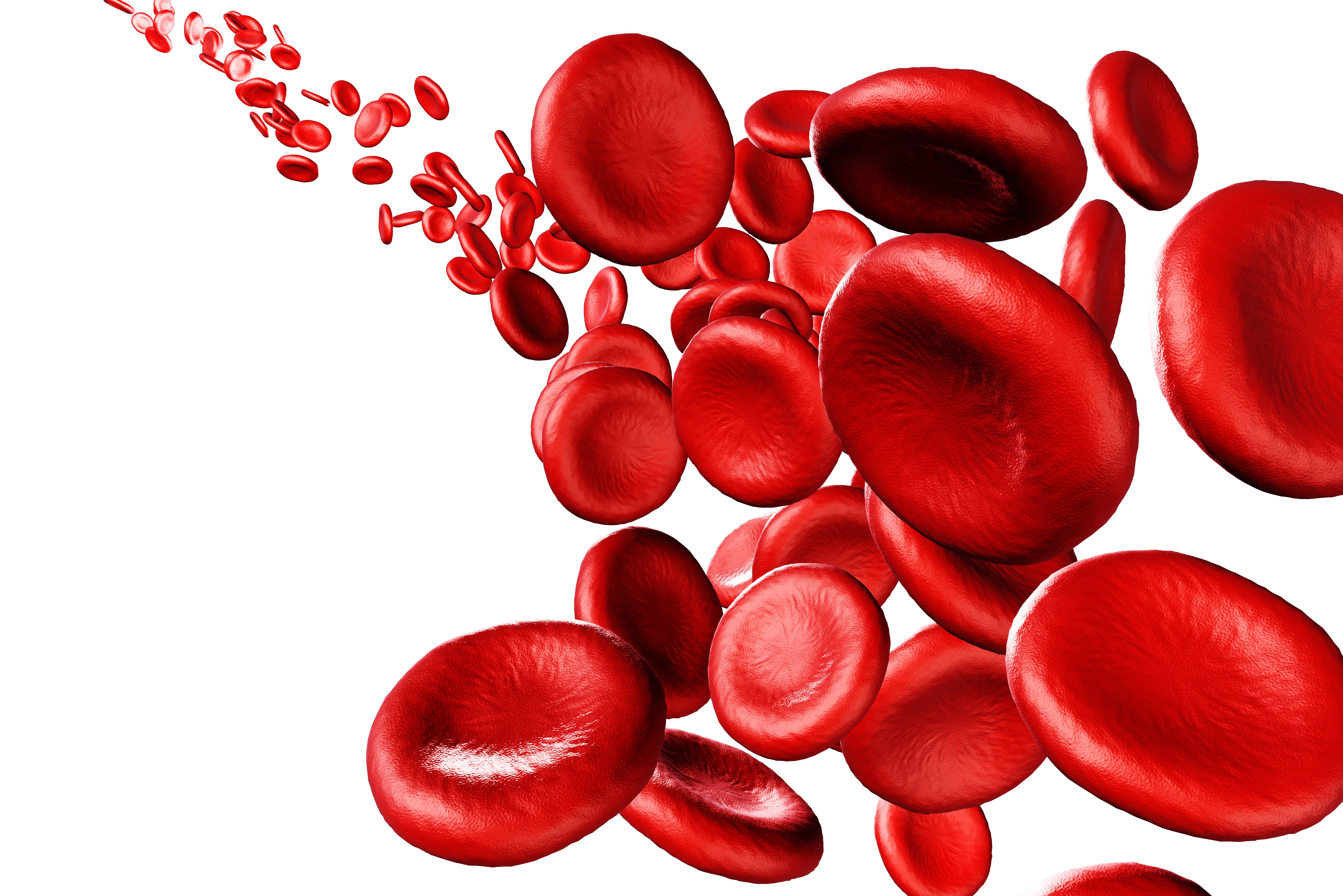Tisa-Cel Maintains Efficacy at 5-Year Analysis in R/R LBCL
ORR, DOR, PFS, and OS showed continued improvement for patients with relapsed/refractory LBCL receiving tisagenlecleucel.
ORR, DOR, PFS, and OS showed continued improvement for patients with relapsed/refractory LBCL receiving tisagenlecleucel.

Updated 5-year results from the phase 2 JULIET trial (NCT02445248) of tisagenlecleucel (tisa-cel; Kymriah) showed continued responses among patients with relapsed/refractory large B-cell lymphoma (LBCL).
The results, which were published in the Journal of Clinical Oncology, showed an overall response rate of 53.0%, with 39.1% of patients having a best overall response (BOR) of complete response (CR). A conversion from partial response (PR) to CR occurred in 78.9% of patients, with most happening within 6 months of infusion. After month 6, 4 patients converted to a CR, with the last happening from month 24 to 33 after infusion. There were 30 patients still in follow-up after infusion, with 86.7% achieving a CR as BOR and 84.6% remaining in CR at 60 months.
The median duration of response (DOR) was not reached, whereas the 60-month event-free probability among responders was 60.5% (95% CI, 46.3%-72.0%). The 57-month event-free probability was 75.7% (95% CI, 58.3%-86.6%) among patients in the main cohort with BOR of CR.
The median overall survival (OS) was 11.1 months (95% CI, 6.6-23.9), and the median OS among responders with BOR or CR/PR was 76.5 months (95% CI, 37.8-not estimable [NE]). At 60 months, the estimated OS probability was 31.7% (95% CI, 23.1%-40.6%) in all patients and 55.8% (95% CI, 41.9%-67.7%) in patients with BOR of CR/PR. The median disease-specific survival was 21.1 months (95% CI, 10.1-NE).
For patients who were infused, the median progression-free survival (PFS) had not changed since last reported. The estimated 60-month PFS probability was 28.0% (95% CI, 19.5%-37.8%).
“These findings continue to demonstrate the long-term survival benefit of tisagenlecleucel without new safety signals in [relapsed/refractory] LBCL. The results support the role of tisagenlecleucel as a transformative therapy for relapsed/refractory LBCL and provide critical evidence for long-term risk-benefit assessment. The JULIET trial has been foundational in establishing CAR [chimeric antigen receptor] T-cell therapy as a curative standard-of-care option for patients with relapsed/refractory LBCL in the third-line setting and provided valuable safety and scientific insights and knowledge that advanced the field, expanding the potential for CAR T-cell therapy to multiple new applications,” Richard T. Maziarz, MD, professor of medicine at Oregon Health & Science University Knight Cancer Institute, and coauthors wrote in the study.
A total of 115 patients were enrolled, with 62.6% being older than 40 years but younger than 65 years and 61.7% being male. Regarding previous response status, 54.8% had refractory disease to the last line of treatment and 45.2% had relapsed disease to the last line. Additional baseline characteristics included 51.3% of patients having more than 2 lines of prior therapy, 76.5% having stage III/IV disease, and 51.3% not having previous hematopoietic cell transplant therapy.
DOR, PFS, and OS were prespecified exploratory end points; time-to-event analyses were conducted using the Kaplan-Meier method.
After more than 5 years of infusion, the long-term safety profile of tisa-cel remained acceptable and there were no late safety concerns. Of the 30.4% of patients who were evaluable for safety 3 years after infusion, late-onset adverse effects (AEs) occurred in 40.0%, 22.9% had any-grade infections, and 22.9% had grade 3/4 AEs. Any-grade AEs of special interest at 3 or more years after infusion included 3 AEs that were grade 3 and 2 AEs that were grade 4. An updated analysis showed 39.1% of patients, including 49.2% of responders, were given immunoglobulin therapy.
A total of 76 patients died, with 78% of deaths being from disease progression and 96% occurring more than 30 days after infusion. Of note, 76% occurred less than 12 months after infusion and 92% were before 36 months. Nonrelapse mortality causes included myelodysplastic syndrome (n = 2), bacterial sepsis (n = 1), and respiratory failure (n = 1). Secondary malignancy events were noted in 11.3% of patients. However, no secondary T-cell malignancies were reported.
Reference
Maziarz RT, Bishop MR, Tam CS, et al. Five-year analysis of the JULIET trial of tisagenlecleucel in patients with relapsed/refractory large B-cell lymphoma. J Clin Oncol. Published online November 18, 2025. doi:10.1200/JCO-25-00507
Highlighting Insights From the Marginal Zone Lymphoma Workshop
Clinicians outline the significance of the MZL Workshop, where a gathering of international experts in the field discussed updates in the disease state.